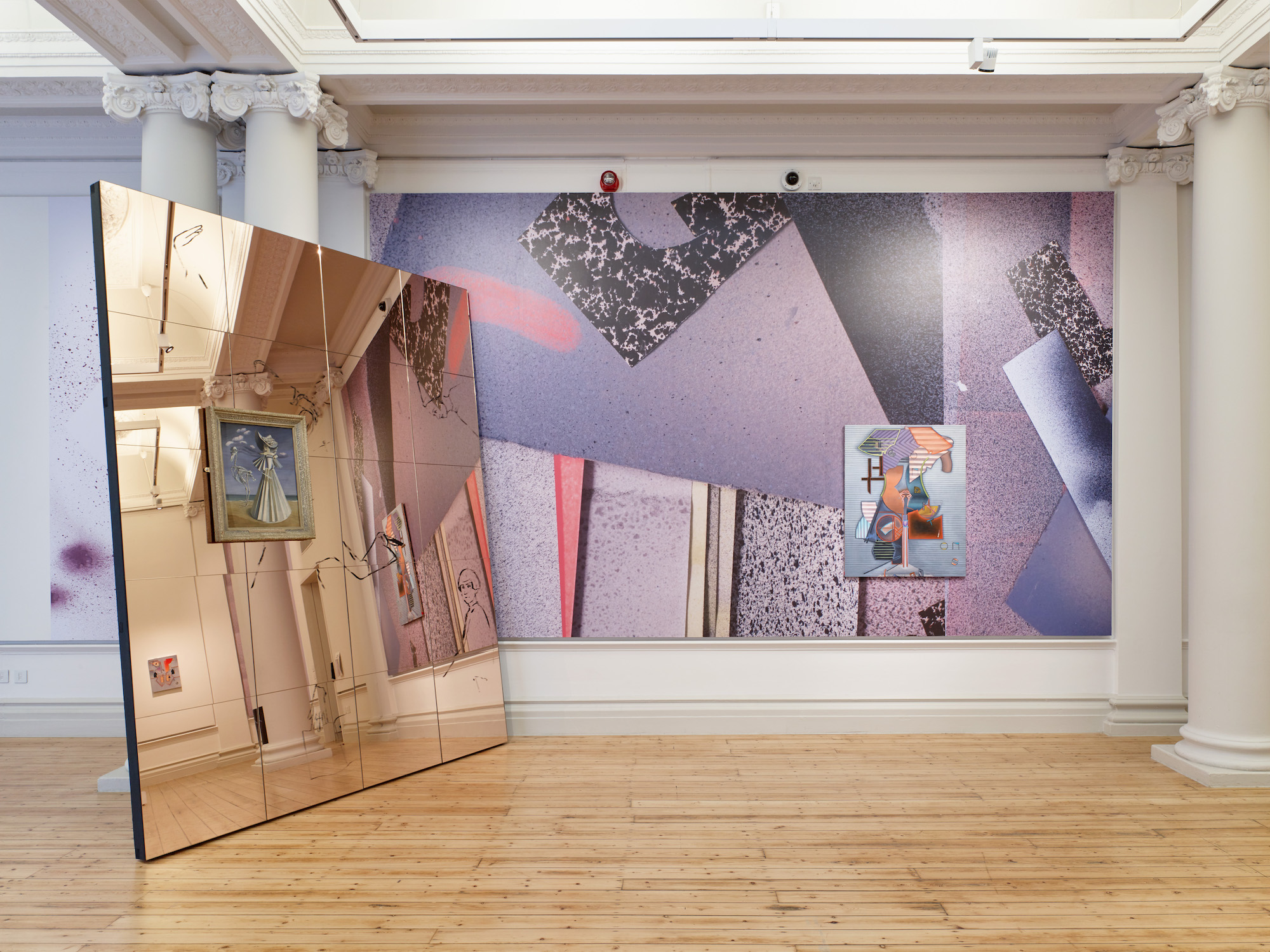Ms Nadia Hebson
- Associate Professor, Co-Director of Studies, Graduate Programmes, Head of Graduate Painting, Graduate Tutor (MA/MFA)
Featured Media

photo credit: Kristen Daem
University College London
Slade School of Fine Art
Floor 2 105 Judd Street London
WC1H 9NE
Biography
Nadia Hebson makes paintings, objects, large scale prints, publications and texts which are intimately but indirectly linked to the conventions and histories of painting, in parallel she realises talks programmes and reading groups. Working obliquely with the legacy of women artists, she has sought to comprehend the relationship between painting, biography, persona and clothing; through the consideration of the work and biographies of older colleagues, including: American painter Christina Ramberg, British painters Winifred Knights and Marion Adnams, sculptor Dora Gordine as part of the Dorich House Museum Studio residency and most recently Swedish painter, writer, radical anarcho eco feminist Monica Sjöö. Emerging from her studies around Ramberg and Adnams and their deep commitment to art education Hebson is currently researching three separatist proto-art schools to explore alternative approaches to art education grounded in early forms of consciousness raising.
Research Summary
In developing a form of subjective biography I have sought to ask how we undertake the recuperation of less considered artists’ work. Drawing on feminist literary touchstones, including the work of Christa Wolf and Carla Lonzi, I employ both empathy and subjectivity to suggest new forms of comprehension and to explore the complexities of female experience through a consideration of older peers’ expanded legacies. Concerned with how alternate perspectives could be configured that offer new readings of less considered artists’ work and new insights into the historical moment from which they emerge, I continue to develop a distinct methodology as both an artist and educator, who is invested in the critical evolution of contemporary painting and its related fields.
My paintings and constellations of objects are themselves an oblique form of scholarship and my writing moves parallel to the embodied forms of knowledge I produce. In my working process I pay close attention to the relationship between making and source material/ primary research and how this can be illuminated when paintings, objects and writing are brought into proximity through a purposefully subjective lens. Working against singular interpretations towards associative, speculative elucidation and polyvocality; art historical monologues are critiqued via appropriation, translation, transposition and deliberate fabrication. The expanded act of painting, in which I include writing, becomes a form of translation, a space to pay close attention and understand the resonance of other’s images and thoughts and my own response to them across time.